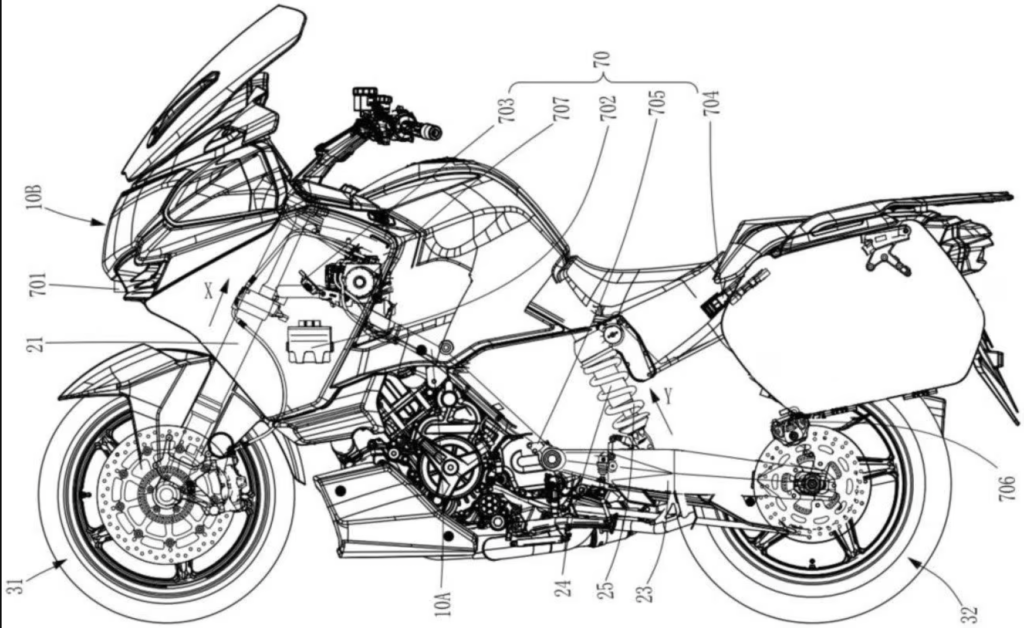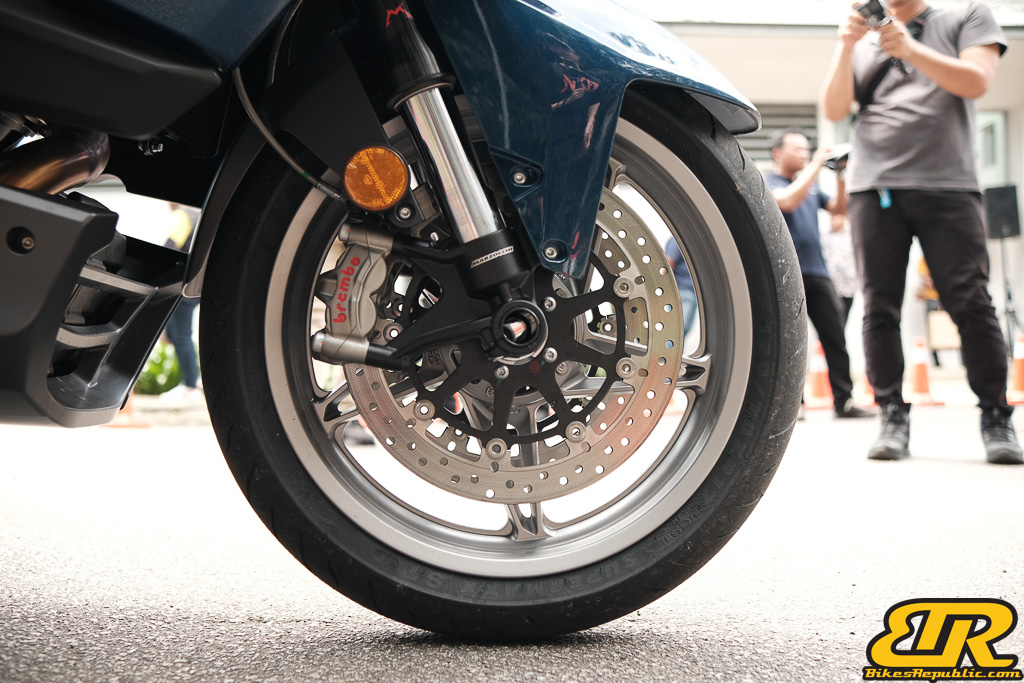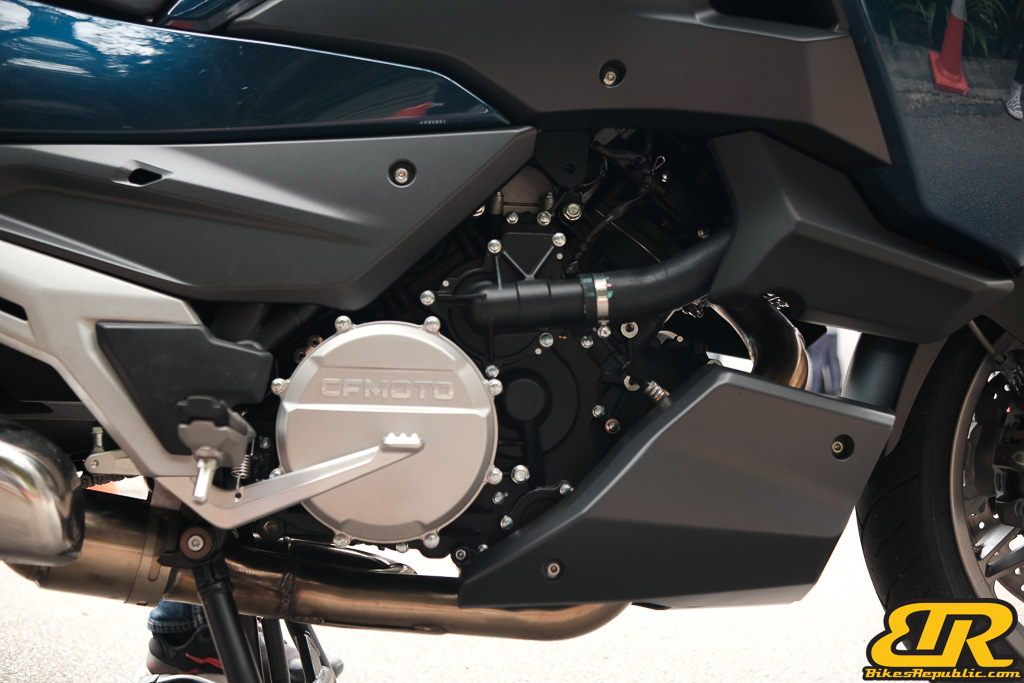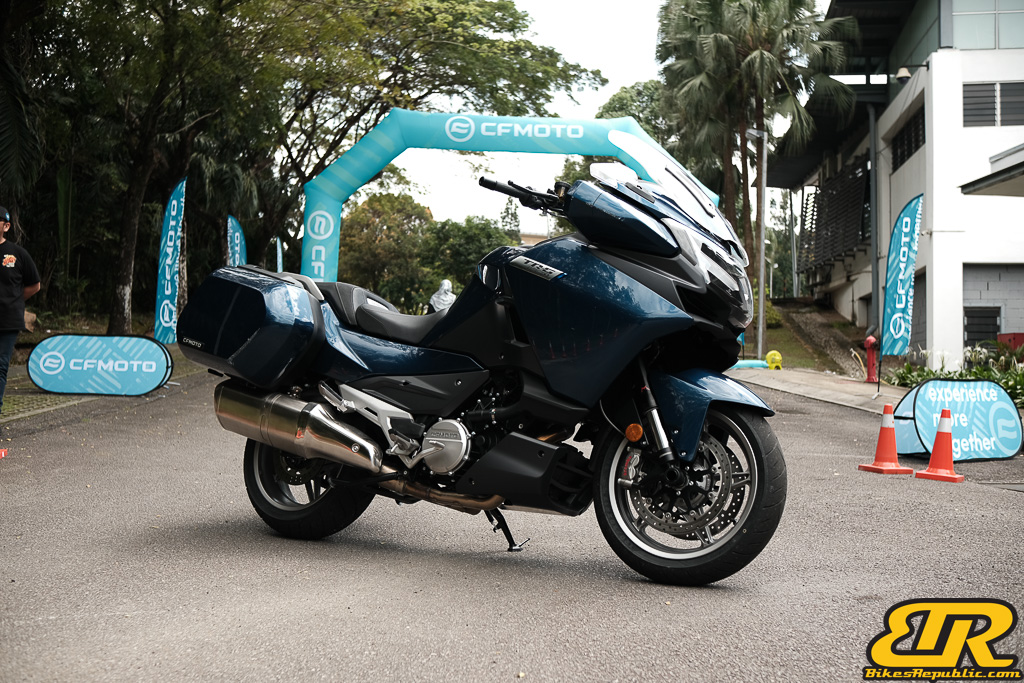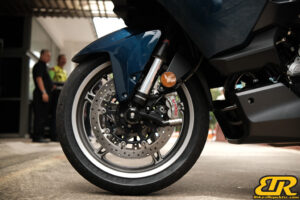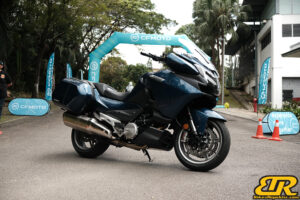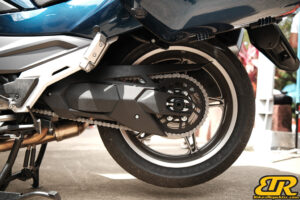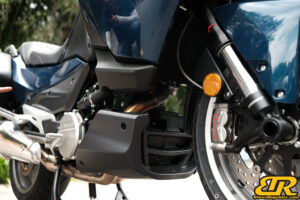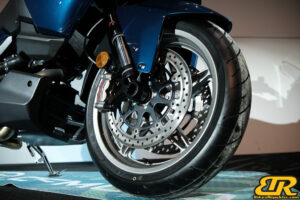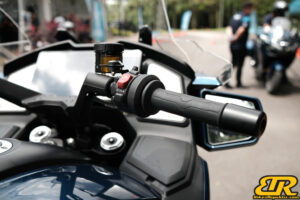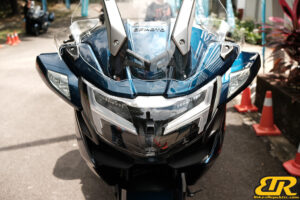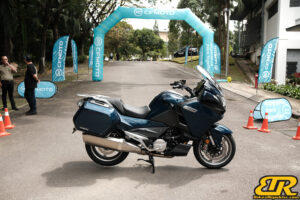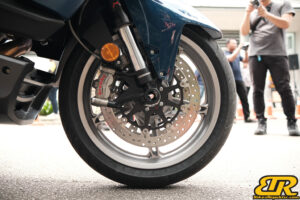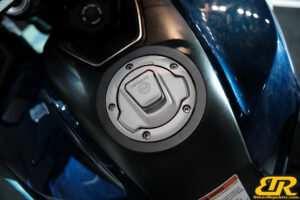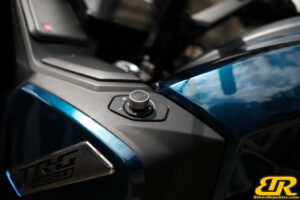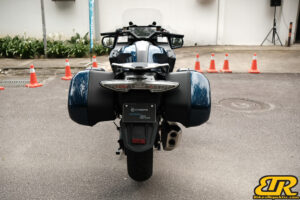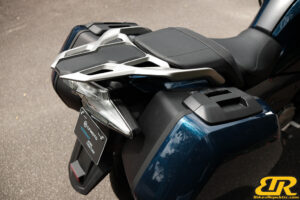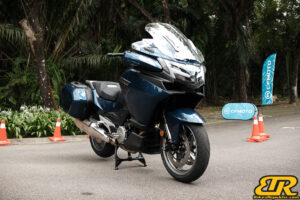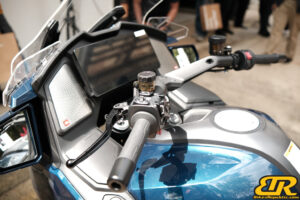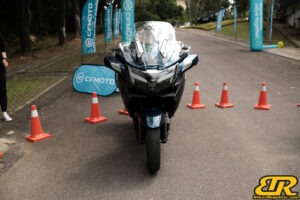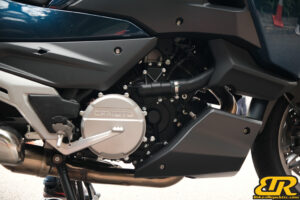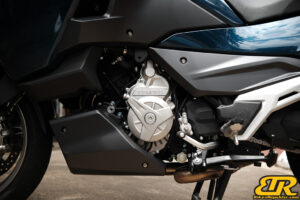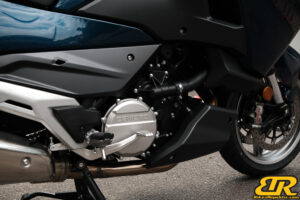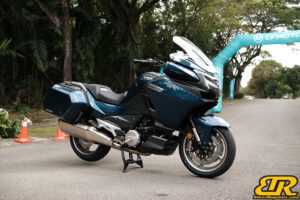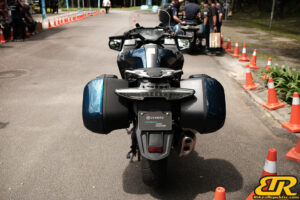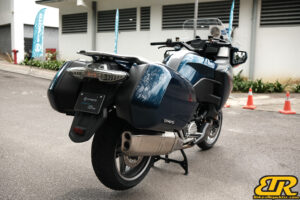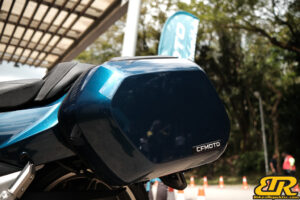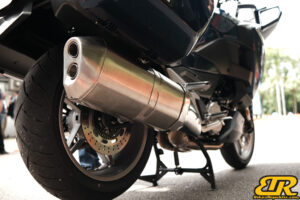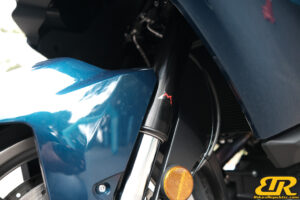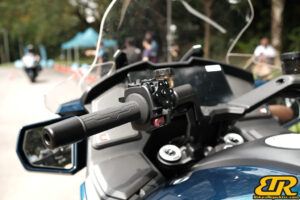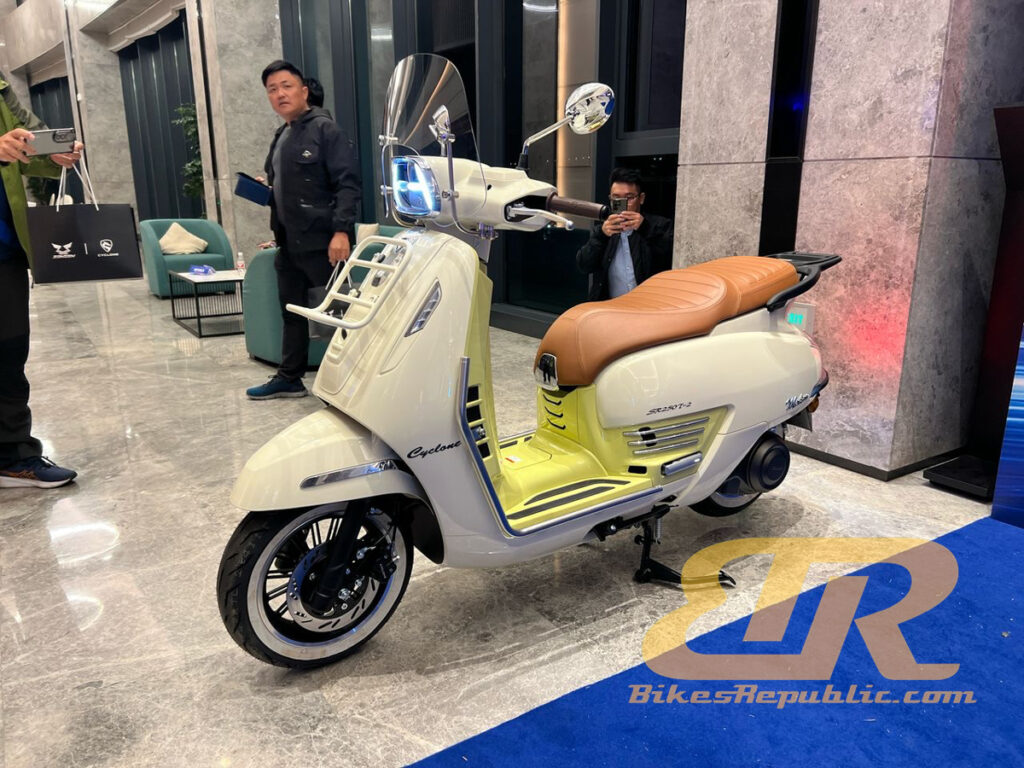CFMoto is pushing the boundaries of motorcycle technology with its pursuit of an advanced electronically adjustable semi-active suspension system. This innovation, outlined in a recently disclosed patent application filed in 2022, envisions a cutting-edge setup that employs a front-facing camera to scan the road ahead. The captured images are then processed by a computer, which rapidly interprets the data and dynamically adjusts the suspension, pre-empting bumps and optimising the riding experience.
This concept mirrors advancements seen in the automotive industry, with Mercedes pioneering camera-based road-scanning systems like “Magic Body Control” and “Road Surface Scan” a decade ago. The idea of preemptive road-sensing technology dates back to the 1980s when Nissan introduced a sonar-based adaptive suspension utilising ultrasonic sensors.
In the realm of motorcycles, current semi-active suspension systems typically rely on stroke sensors within the suspension itself. These sensors monitor the suspension movements’ distance and speed, feeding data to a computer that adjusts damper settings in real-time. CFMoto’s patent marks a departure from this norm, introducing a camera-based approach to read the road surface.
The patent showcases this active suspension system in CFMoto’s 1250 TR-G, a flagship model primarily utilised by law enforcement in the British market. This motorcycle, with its BMW-inspired design, conceals a 1,279cc V-twin engine developed in collaboration with KTM. CFMoto and KTM have a joint venture, allowing CFMoto to incorporate KTM’s engine designs into various models, including the 1250 TR-G.
The current iteration of the 1250 TR-G, produced since 2020 and just recently introduced in the Malaysian market, boasts a host of technological features, including a substantial 12.3-inch TFT instrument panel, keyless start, tyre-pressure monitoring, built-in navigation, and a radar system. Despite initially being equipped with non-active Marzocchi parts, the latest patent indicates CFMoto’s inclination towards incorporating active suspension, potentially elevating the bike’s performance further.
The patent details a shock absorber control system incorporating a camera to capture road surface information, enabling adjustments to the front and rear shock absorbers’ damping based on the transmitted data. The document delves into the technical aspects of damping adjustment, featuring adjustable valves in the fork and an actuator in the rear shock that alters oil pressure and volume in response to road conditions.
While the patent showcases this technology on the 1250 TR-G, there’s potential for its integration into other CFMoto models, including those available in the UK, opening up new possibilities for enhanced riding experiences across the brand’s lineup.

